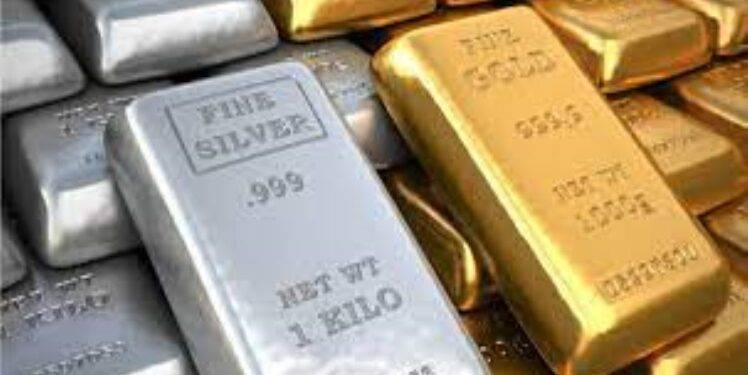Buy silver bullion Perth is an affordable form of tangible investment protection against various financial crises, boasting the best thermal and electrical conductivity of all pure metals.
Physical silver will never lose value over time, unlike cash deposits or paper assets; however, investing in silver bullion is no simple task.
1. It is a store of value
Silver bullion provides an invaluable safe-haven asset in times of economic unpredictability or market instability, with its tangible nature offering security that can easily be sold for cash as needed – this makes it a viable alternative to paper assets like stocks and bonds.
Precious metals such as gold for cash and silver have long been utilized as forms of currency; now more than ever they serve as an excellent means to store wealth as faith in government fiat currency like the US dollar wanes.
Investors have an array of silver bullion items to choose from, such as bars, coins and rounds. Most investors buy bullion by the troy ounce and price it based on its pure fine silver content. A 1 silver bar is an ideal starting point if you are new to investing. Rare coins that possess numismatic value may also prove beneficial; however these typically are best left for collectors alone rather than investment purposes.
2. It is a hedge
Silver can provide an effective means of combatting inflation. The white metal usually follows gold’s movements but costs much less per ounce; plus it typically boasts higher returns during bull markets than gold does. But before adding physical silver bullion to your portfolio, be mindful of potential opportunity costs incurred from storage and insurance costs that might reduce overall returns.
As there is always the risk of theft, keeping investments in secure places is always best. Premiums may increase as demand for silver grows rapidly if premiums do too – making selling profitable more challenging than originally expected. Investors can mitigate these risks by staying up to date on silver prices and selecting a reliable dealer; additionally they should review their tax situation to assess any capital gains taxes which might apply.
3. It is a safe haven
Silver has long been considered an asset worth keeping when economic uncertainty and market instability arises, offering tangible diversification benefits and protection against inflation.
Silver’s value has often increased during periods of inflation, making it an effective inflation hedge. Furthermore, due to being less correlated than other assets it can serve as a possible protection from market volatility.
Investors can purchase physical silver bullion through various means, including futures contracts, ETFs and mining companies. But for true ownership of their investment, physical coins or bullion is usually preferred as it offers full ownership. While it can be stored safely at home with proper precautions in place (theft risks are possible as are fire and natural disaster risks); other investors prefer professional facilities for added protection of their investment.
4. It is an investment
Silver bullion has proven its worth as an investment over time, producing superior returns compared to both stocks and bonds. Its price is less correlated to other markets, making it a potential hedge against inflation, making it attractive when interest rates drop and used across numerous industrial applications.
Investors have two main ways of buying physical silver: directly through dealers or pawn shops online or pawn shops or indirectly by investing in exchange-traded funds (ETFs) that own it directly; ETFs allow investors to sell it anytime the market opens and offer lower risk than futures contracts.
Conclusion
Some investors opt to invest in 90% “junk” silver coins minted prior to 1964 as dimes, quarters, and half dollars produced with all-silver alloy. This option provides an economical means of diversifying one’s portfolio without spending excessive sums – however investors must keep in mind that any future profits earned will only come through numismatic value gains rather than through investment appreciation.











